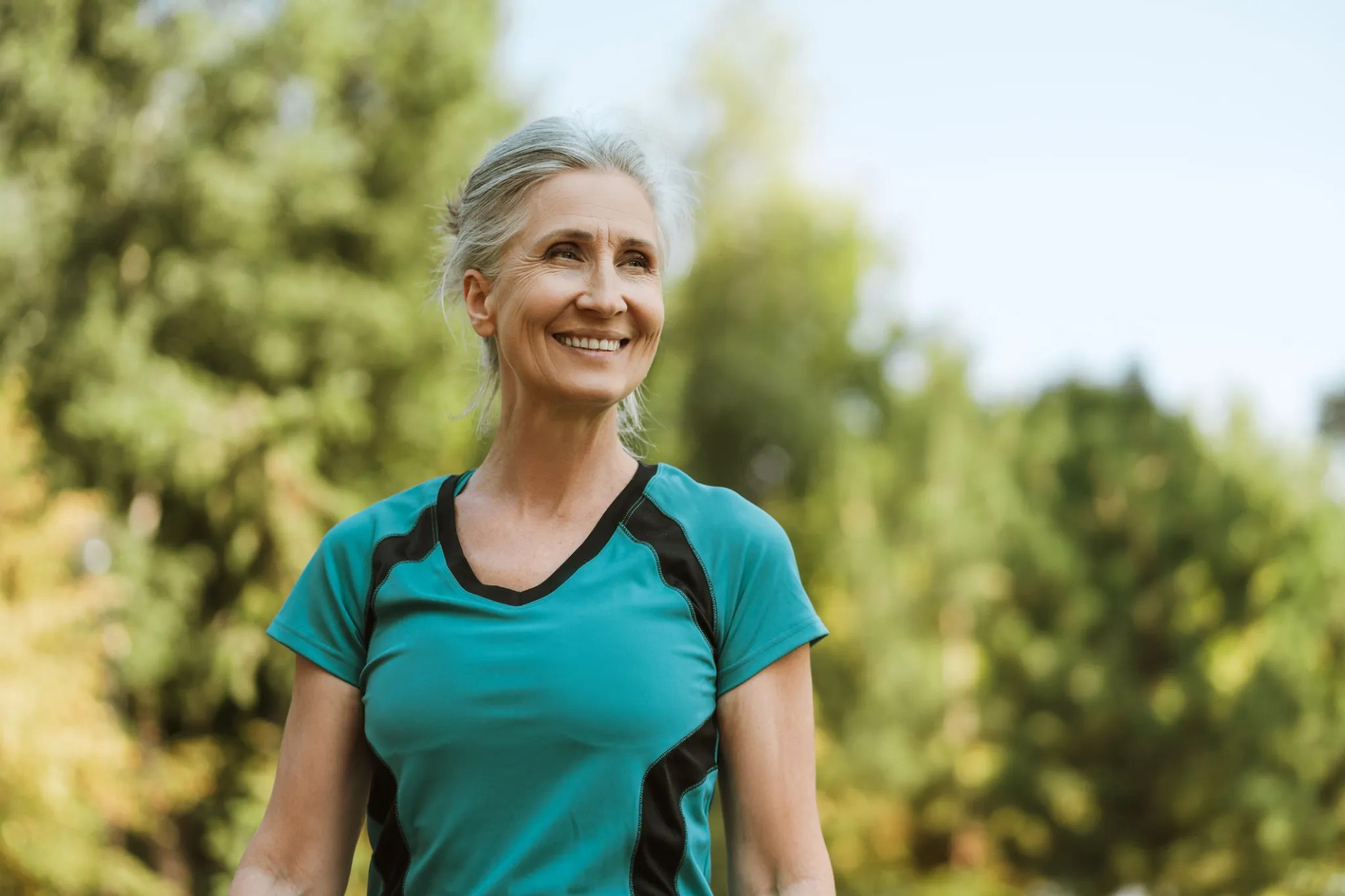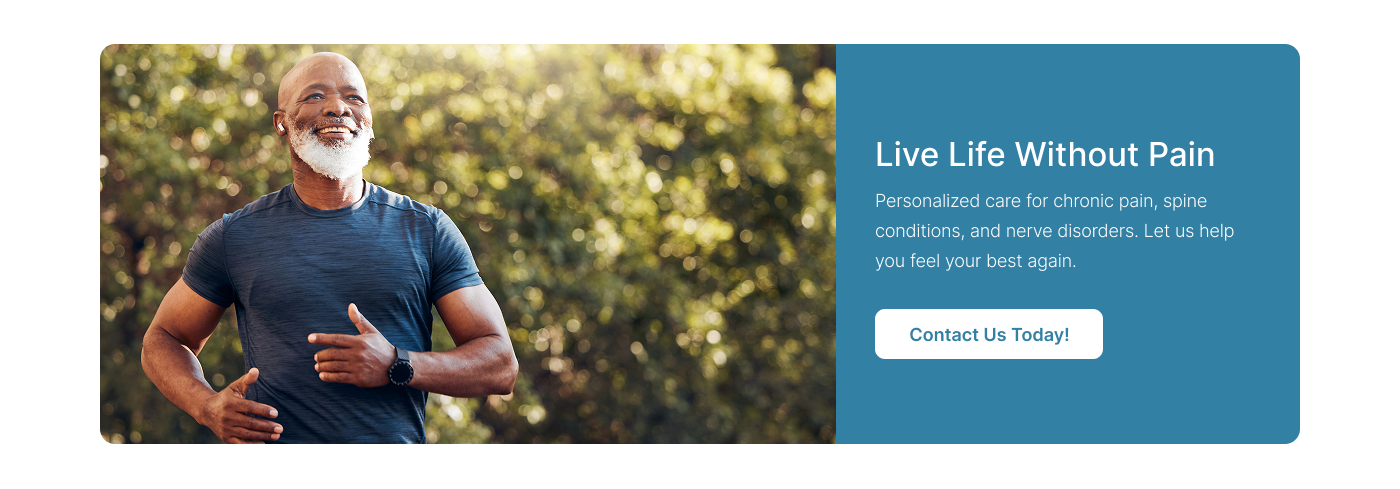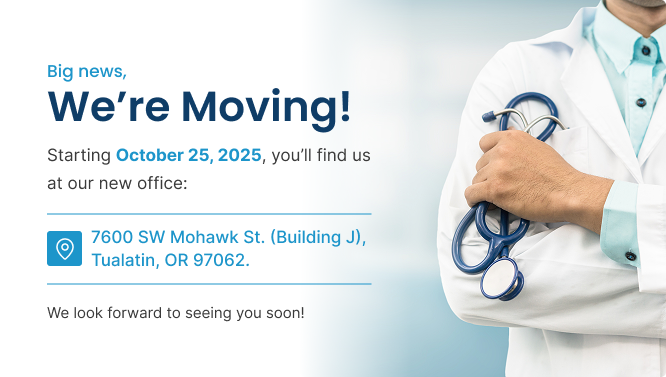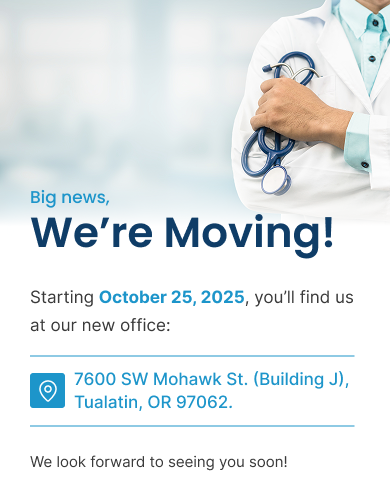Your Guide to Low Impact Exercises

Whether you’re recovering from an injury, just getting started with fitness, or simply prefer joint-friendly movement, low impact exercises are an excellent way to stay active and get results. From apartment gym workouts to cycling for fat loss, these exercises are versatile, effective, and easy on your body.
In this guide, we’ll explore the best low impact options for reducing belly and hip fat, staying fit in small spaces, and using cycling to support weight loss. No matter your fitness level, there’s a routine here that can work for you.
Why Choose Low Impact Exercise?
Low impact workouts don’t mean low results. In fact, they can help improve endurance, burn calories, and strengthen muscles—without straining your joints. These exercises are especially beneficial if you’re:
New to exercise
Managing chronic pain or joint issues
Looking to lose belly fat and hip fat gently
Seeking to stay active while living in an apartment
1. Apartment Gym Workout Ideas
If you live in a building with a shared fitness center, you already have what you need. A solid apartment complex gym workout might include:
Warm-Up
5–10 minutes of walking or light cycling
Arm circles and leg swings
Full Routine
Leg raises: Many people ask, “Do leg raises burn belly fat?” While spot reduction isn’t possible, these exercises strengthen your core and support fat-burning routines.
Bodyweight squats or step-ups
Seated chest press (if equipment is available)
Resistance band rows
Cool Down
Light stretching
Hip fat exercises, like side leg lifts or glute bridges
The best apartment gym workouts focus on consistency and form over intensity. They’re great for everyday fitness, especially if you’re short on time or space.
2. Cycling for Weight Loss: Does It Work?
Absolutely. One of the most common questions is, “Does cycling help you lose weight?” The answer is yes—especially when combined with a balanced routine and proper nutrition.
Why Cycling Works
Low impact on knees and hips
Burns calories steadily
Builds leg and glute strength
Easy to scale in intensity
Whether you’re using a stationary bike in your building or riding outside, cycling to lose weight is a proven method. It’s often used in bike riding weight loss plans due to its accessibility and fat-burning benefits.
3. How Much Cycling to Lose Weight?
If you’re wondering how much to bike to lose weight, it depends on your pace, consistency, and overall lifestyle. Here’s a general guide:
30–60 minutes per session, 3–5 times a week
Combine steady-state cycling with occasional intervals
Stay consistent for at least 4–6 weeks
Bike riding for fat loss works best when paired with core and hip exercises to improve your posture and metabolism.
4. Biking and Belly Fat: The Facts
Does biking help you lose weight, specifically around the belly? Yes, though not directly.
While leg lifts and leg raises are often searched with hopes of targeting fat, overall fat loss is what reduces belly size. Biking for weight loss creates a calorie deficit, which over time leads to visible results across the body, including your abdomen.
Incorporating bicycle riding and weight loss together with clean eating and strength training helps maximize the effect.
5. Targeting Hip Fat With Low Impact Movements
Although you can’t choose where your body loses fat, exercises that tone the hips and glutes can make a big difference in appearance and function. Try these hip fat workouts:
Standing side leg raises
Fire hydrants (on all fours, lift one leg laterally)
Hip thrusts using bodyweight or resistance bands
Walking lunges (if space allows)
These exercises to reduce hips can be performed in your living room, outdoors, or as part of a low impact apartment workout.
6. Best Way to Lose Hip Fat Without Joint Stress
Want to know the best way to lose hip fat without hurting your knees or back? Here’s a three-part plan:
Low Impact Cardio: Choose cycling, walking, or elliptical sessions.
Strength Training: Focus on glutes, core, and thighs. This includes squats (if tolerated), bridges, and clamshells.
Stretch and Recover: Don’t skip cool-down stretches. Hip fat exercises are more effective when muscles are flexible and pain-free.
7. Leg Raises and Belly Fat: Helpful or Hype?
People often ask, “Do leg lifts burn belly fat?” They can contribute, but not in isolation. Leg raises build abdominal strength, which supports better posture and functional movement—but actual fat loss still requires cardio and overall activity.
Still, don’t skip them. Combine leg lifts with biking to lose fat and a solid cardio plan for best results.
8. Combining Workouts for Maximum Impact
The most successful fitness routines are balanced. Consider this weekly template:
Day 1: Cycling + hip workout
Day 2: Core and leg raises
Day 3: Active rest (stretch or walk)
Day 4: Apartment gym workout
Day 5: Cycling intervals
Day 6: Strength + glutes
Day 7: Rest or gentle stretching
Remember, whether it’s bike cycling for weight loss or floor-based exercises, consistency matters more than intensity.
Final Thoughts
Low impact doesn’t mean low effectiveness. Whether you’re using an apartment gym, riding your bike around the neighborhood, or trying to slim your hips, the key is finding a routine you enjoy and can stick to.
Cycling for weight loss, in particular, is a time-tested method that’s easy on your joints and great for both cardio and fat loss. Combine it with targeted hip fat workouts and core strength movements like leg lifts, and you’ll be well on your way to better fitness.
No gym membership or high-impact moves required—just a steady plan, a positive mindset, and a bit of movement each day.




